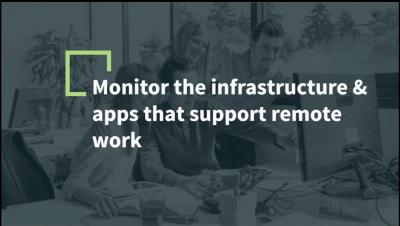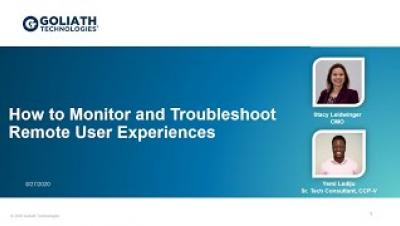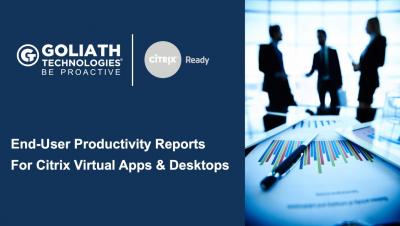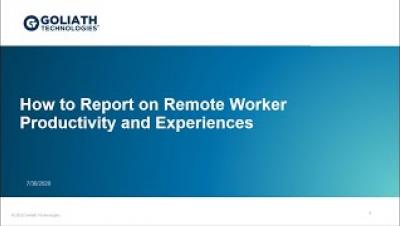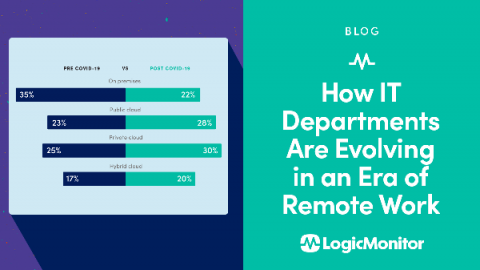Operations | Monitoring | ITSM | DevOps | Cloud
Remote Work
The latest News and Information on Remote Work and related technologies.
How To Monitor & Troubleshoot Remote Worker User Experiences
How to Troubleshoot "Citrix is Slow" for Remote Workers
The COVID-19 pandemic has disrupted how every business on the planet works. Remote working has become the new normal, and IT needs to adapt quickly to support this somewhat new way of working. I say new way of working, but it isn’t actually new at all in the grand scheme of things. People have been working outside of the office, such as from home or other public places, for many years now.
How Can the Public Sector Get Remote Working Right?
How MSPs Can Future-Proof Their Business in the Era of Remote Work
The new era of remote work has accelerated the need for businesses to adopt digital transformation strategies faster than ever to ensure their relevance and longevity in the marketplace. As priorities shift in this direction, Managed Service Providers (MSPs) are quickly adapting to better serve their customers. Recently, LogicMonitor commissioned a research study of 500 IT decision-makers around the globe to understand how organizations are evolving in the face of unexpected crises.
How to Troubleshoot Slow Session Performance for Remote Workers
How to Report on Remote Worker Productivity
4 Secrets to Remote Agile Success
Agile teams are designed to respond to change. But even for the most seasoned agile teams, responding to the changes brought about by COVID-19 was a pretty tall order. This is the story of how one agile team responded to the abrupt transition to remote work without missing a beat, and without losing its sense of synergy. If you’re in need of some tips on how agile software teams can maintain both their productivity and their morale while remote, this post is for you.
How to Report on Remote Worker Productivity and Experiences on Citrix or VMware Horizon
How IT Departments Are Evolving in an Era of Remote Work
Maintaining business continuity is both more difficult and more important than ever in the era of COVID-19. Typically, IT departments evolve their approaches and technologies over time to meet the needs of customers. But that approach may soon be outdated thanks to the global pandemic.


